Emergence Recap: Decentralized Leadership and Managing Creativity
Models of arts leadership and organization will naturally fall somewhere on a spectrum from heavily centralized to markedly diffuse. This discussion on June 4, 2012 at the Emerging Arts Professional’s annual convening, Emergence, focused on organizations closer to the latter. Of course, nothing starts out that way.
What is the process of taking an organization towards a more decentralized form of leadership and what are the benefits and concerns of such a model? The discussion engaged two leaders who have done it.
Todd Brown of Red Poppy Art House and Charith Premawardhana of Classical Revolution founded and direct their respective organizations. At first, each took a lot of work and individual effort, but now various levels of responsibility exist in both.
Clear vision, clear mission
After having done the hard work of bringing an idea to realization comes the moment when that idea is maintained through the continuing efforts of other individuals. When that moment comes, both Brown and Premawardhana cautioned that anyone to whom you give that responsibility has to be clear on the vision and mission of the organization, and they have to be on board with it. As leadership diffuses, keep an eye on the progress of the organization, making sure that all activities stay mission-focused.
Classical Revolution began as a weekly event in San Francisco, whose mission is to bring classical music into unconventional venues to serve the community in the places they go, rather than trying to bring them to a concert hall. After five years, there are chapters operating under the Classical Revolution banner all over the world. Each chapter’s activities are completely self-contained, but no matter where you go the mission remains clear.
In founding the Red Poppy Art House, Brown’s vision was to alter the context of the creation and reception of art, rather than the conventional artist’s focus on the content of art. It began as a project fueled only by Brown and, later, an all-volunteer staff. Since then, it has grown into a thriving organization with a staff receiving stipends who make programming decisions independently.
Managing risk
Like the growth of any venture, you must be careful as to who you entrust with shepherding your vision into the future. Premawardhana pointed out that Classical Revolution, previously always operating on trust, has had to begin putting things in writing more. This is one of the drawbacks of continued growth in a decentralized model, but at some point it becomes the best move forward.
On that point, Brown articulated a multi-tier model of responsibility at Red Poppy, where he draws several layers of decision-making from low-risk to high-risk, and delegates respnsibilities to the volunteers and staff accordingly. Some he keeps for himself.
A fertile ecosystem of ideas
While there are certainly risks and concerns, along with that can come great innovation. Premawardhana noted that many people involved with Classical Revolution will sometimes be working on similar projects, but they won’t be communicating with each other. While inefficient, what comes from that may be a particularly interesting thread with a lot of people already attached to it. This can generate and lead to more successful side-projects.
The Mission Arts Performance Project (MAPP) is just such an example. The initial idea was to create, as Brown put it, an ecosystem for things to emerge. You may not be able to predict the result, but as long as you’re comfortable with that, great things can come out of it. A satellite project out of Red Poppy, the MAPP promotes street-level curating of performances and installations. It now runs on a regular basis with no central leadership of any sort. The only centrality to speak of in the MAPP is one of information, connecting those who are looking for space with those who have space to use.
Measuring success
In such a diffused environment, what sorts of benchmarks can be put in place to learn and grow with a project? In the case of the MAPP, the various venues, or at least those who are more invested in continuing the project, measure their own success from one event to the next, trying to improve each time. In the case of Classical Revolution, this same process unfolds at the chapter level.
About Brien Henderson
Brien Henderson is a composer in San Francisco. He is developing the San Francisco Composers Guild, a music presenting organization dedicated to the growth and development of young composers through ongoing realtionships with talented ensembles and master composers.
Todd Berman’s work can be found at The Art Don’t Stop.

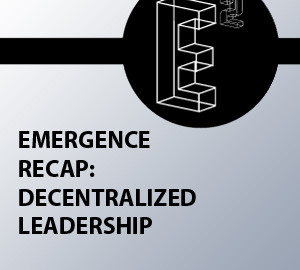
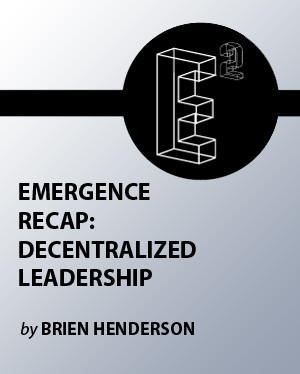

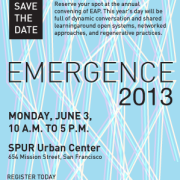
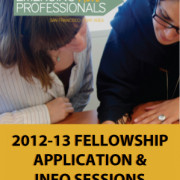
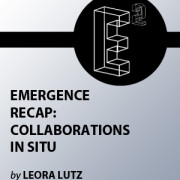
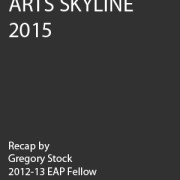
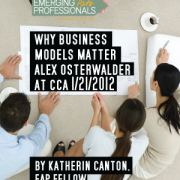


Leave a Reply
Want to join the discussion?Feel free to contribute!